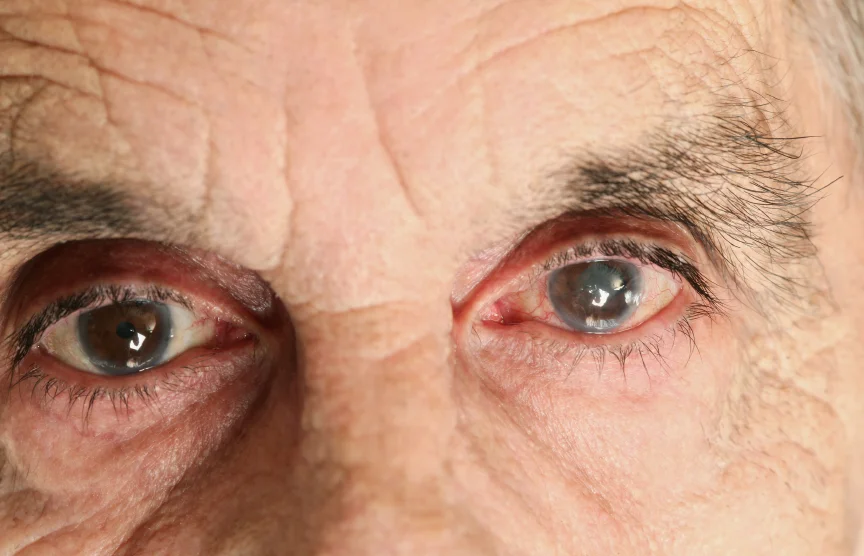Glaucoma risk factors: treat or not & how best to treat
/AGIS post-hoc IOP analysis
http://cms.revoptom.com/ publish/images/2_12963_2.jpg
Steven Mansberger from Portland talked about risk factors for glaucoma. We have come a long way from just educated guessing where our past success or failure influences our next treatment decision to the point of identifying risk factors for converting to glaucoma and even how best to treat patients. Although his risk factor talk is the basis for this article, I have greatly editorialized the material to that point that this does not necessarily reflect what Steve talked about! My apologies but read on…
Two major studies that generated much of the risk factor data have some important pearls to also bear in mind. The Ocular Hypertension Treatment Study (OHTS) had 90% of patients never develop glaucoma. In the Early Manifest Glaucoma Treatment Study (EMGTS), even the placebo group showed a significant drop in eye pressure. Despite this, many risk factors were identified based on these two studies. Although some doctors claim they can look at their patients and estimate their risk of progression, there are 729 different combinations of all the risk factors in these two studies. There were big disparities in the risk of progression to glaucoma that expert Ophthalmologists made compared to risk calculators that combined the risk factors from these two studies.
Advanced Glaucoma Intervention Study (AGIS) and Collaborative Initial Glaucoma Treatment Study (CIGTS) provided other insights into risk factors that were NOT related to just the risk of converting to glaucoma. These studies have become standards to help guide treatment choices for glaucoma. The main message most have taken away from the AGIS work is that it proved what Chandler and Grant had proposed 40 years earlier; in advanced glaucoma, lower eye pressure is needed to prevent progression. When you consider that when they proposed that, we had yet to have scientific evidence that lowering eye pressure prevents glaucoma progression, it is great that with AGIS we now have scientific evidence that if IOP is NEVER over 18 in patients fitting the study criteria and followed on average for seven years, have almost no chance of progressive damage. This same study has led to other interpretations that are ad-hoc uses of the data and should be taken with a grain of salt. The average IOP of the group with all visits <18 was 12.8mmHg so some have taken this to mean that the IOP should be around that value and not just <18.
Trabeculectomy
The CIGTS study looked at medicine vs trabeculectomy as initial intervention for glaucoma treatment. The patients treated with medications first had better visual acuity, in part because trabeculectomy contributed to cataract formation, but if you factor in the cost of medications, it may actually be more cost effective to opt for surgery. We are seeing a trend to earlier surgical intervention and of course Selective Laser Trabeculoplasty even if this is not fully supported by published literature.
The bottom line today is that we have seen some shifts in when we intervene to treat glaucoma. The risk factors for progression to glaucoma form the OHTS and EMGTS papers have led to some patients being treated earlier than we might have in the past. They also pointed out that that many patients do not really need to be treated if 90% of ocular hypertensives still won’t get glaucoma. From AGIS and CIGTS, we have shifted toward earlier attempts at aiming even lower for our target eye pressures and doing so earlier in the course of the disease so that we do not end up with the increased challenges of patients with advanced glaucoma damage who are out of options. We therefore must keep looking for ways to identify which patients warrant the more aggressive treatments and develop treatments that are safe.

